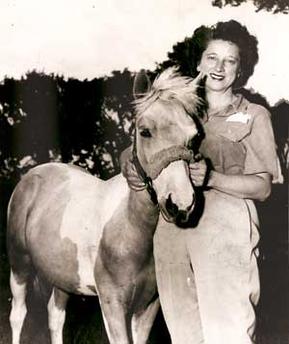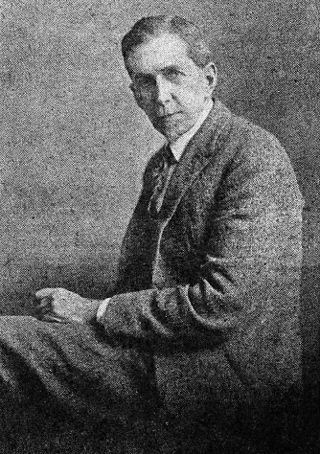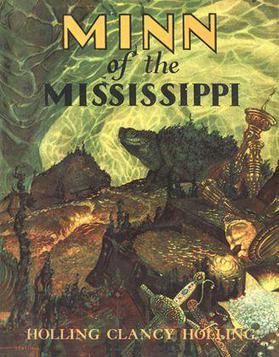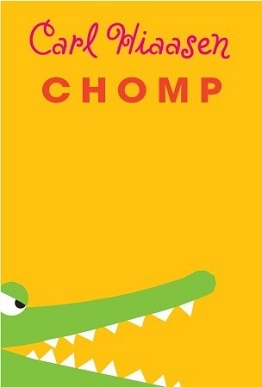
Everglades National Park is a national park of the United States that protects the southern twenty percent of the original Everglades in Florida. The park is the largest tropical wilderness in the United States and the largest wilderness of any kind east of the Mississippi River. An average of one million people visit the park each year. Everglades is the third-largest national park in the contiguous United States after Death Valley and Yellowstone. UNESCO declared the Everglades & Dry Tortugas Biosphere Reserve in 1976 and listed the park as a World Heritage Site in 1979, and the Ramsar Convention included the park on its list of Wetlands of International Importance in 1987. Everglades is one of only three locations in the world to appear on all three lists.

The Okefenokee Swamp is a shallow, 438,000-acre (177,000 ha), peat-filled wetland straddling the Georgia–Florida line in the United States. A majority of the swamp is protected by the Okefenokee National Wildlife Refuge and the Okefenokee Wilderness. The Okefenokee Swamp is considered to be one of the Seven Natural Wonders of Georgia and is the largest "blackwater" swamp in North America.
Thomas Haughey Brown Jr. was an American naturalist, tracker, survivalist, and author from New Jersey, where he ran the Tom Brown Jr. Tracker School.

The Ocala National Forest is the second largest nationally protected forest in the U.S. State of Florida. It covers 607 square miles (1,570 km2) of North Central Florida. It is located three miles (5 km) east of Ocala and 16 miles (26 km) southeast of Gainesville. The Ocala National Forest, established in 1908, is the oldest national forest east of the Mississippi River and the southernmost national forest in the continental U.S. The word Ocala is thought to be a derivative of a Timucuan term meaning "fair land" or "big hammock". The forest is headquartered in Tallahassee, as are all three National Forests in Florida, but there are local ranger district offices located in Silver Springs and Umatilla.

Marguerite Henry was an American writer of children's books, writing fifty-nine books based on true stories of horses and other animals. She won the Newbery Medal for King of the Wind, a 1948 book about horses, and she was a runner-up for two others. One of the latter, Misty of Chincoteague (1947), was the basis for several related titles and the 1961 movie Misty.

The Apalachicola National Forest is the largest U.S. National Forest in the state of Florida. It encompasses 632,890 acres and is the only national forest located in the Florida Panhandle. The National Forest provides water and land-based outdoors activities such as off-road biking, hiking, swimming, boating, hunting, fishing, horse-back riding, and off-road ATV usage.

The Okefenokee National Wildlife Refuge is a 402,000‑acre (1,627 km2) National Wildlife Refuge located in Charlton, Ware, and Clinch Counties of Georgia, and Baker County in Florida, United States. The refuge is administered from offices in Folkston, Georgia. The refuge was established in 1937 to protect a majority of the 438,000 acre (1,772 km2) Okefenokee Swamp. Though often translated as "land of trembling earth", the name "Okefenokee" is likely derived from Hitchiti oki fanôːki "bubbling water".

Onion John is a novel by American writer Joseph Krumgold, published in 1959. It was the winner of the 1960 Newbery Medal. The story is set in 1950s New Jersey, and tells the story of 12-year-old Andy Rusch and his friendship with an eccentric hermit who lives on the outskirts of the small town of Serenity.

Alpheus Hyatt Verrill, known as Hyatt Verrill, was an American zoologist, explorer, inventor, illustrator and author. He was the son of Addison Emery Verrill, the first professor of zoology at Yale University.

Minn of the Mississippi is a children's book written and illustrated by Holling Clancy Holling. First published in 1951, it received a Newbery Honor award the following year.

True-Life Adventures is a series of short and full-length nature documentary films released by Walt Disney Studios between the years 1948 and 1960. The first seven films released were thirty-minute shorts, with the subsequent seven films being full features. The series won eight Academy Awards for the studio, including five for Best Two Reel Live Action Short and three for Best Documentary Feature.
Joseph Wharton Lippincott was a noted publisher, author, naturalist, and sportsman. He was the grandson of Joshua Ballinger Lippincott, founder of Philadelphia publisher J.B. Lippincott Company, and of industrialist Joseph Wharton, founder of the Wharton School of Business of the University of Pennsylvania.

The Everglades: River of Grass is a non-fiction book written by Marjory Stoneman Douglas in 1947. Published the same year as the formal opening of Everglades National Park, the book was a call to attention about the degrading quality of life in the Everglades and remains an influential book on nature conservation as well as a reference for information on South Florida. It was used as recently as 2007 by The New York Times.
Samuel Arthur Campbell was an American nature writer, sometimes known as the "Philosopher of the Forest". He wrote for children and adults, and lectured widely.

Wilfrid Swancourt Bronson was an American natural history artist and a "prolific writer and illustrator of children's books on various aspects of animal life".

Little House on the Prairie is an autobiographical children's novel by Laura Ingalls Wilder, published in 1935. It was the third novel published in the Little House series, continuing the story of the first, Little House in the Big Woods (1932), but not related to the second. Thus, it is sometimes called the second one in the series, or the second volume of "the Laura Years".

Frank Sherwood Taylor was a British historian of science, museum curator, and chemist who was Director of the Science Museum in London, England.

Chomp is a young adult novel by Carl Hiaasen first published in 2012, and set in Hiaasen's native Florida. It is his fourth young adult novel. His previous three, also about Florida wildlife, are Hoot, Flush and Scat.

Bruh Rabbit and the Tar Baby Girl is a 2003 picture book by Virginia Hamilton and illustrated by James Ransome. It is a retelling by Hamilton, in the Gullah dialect, of the classic story of Bruh Rabbit outwitting Bruh Wolf.
Ethel Douglas Hume was a British anti-vivisectionist, animal welfare writer and traveller. She is best known for authoring a controversial book in 1923 which accused Louis Pasteur of plagiarizing Antoine Béchamp's theories.
















